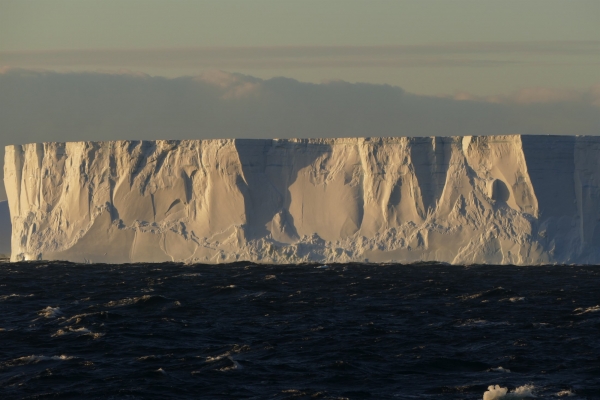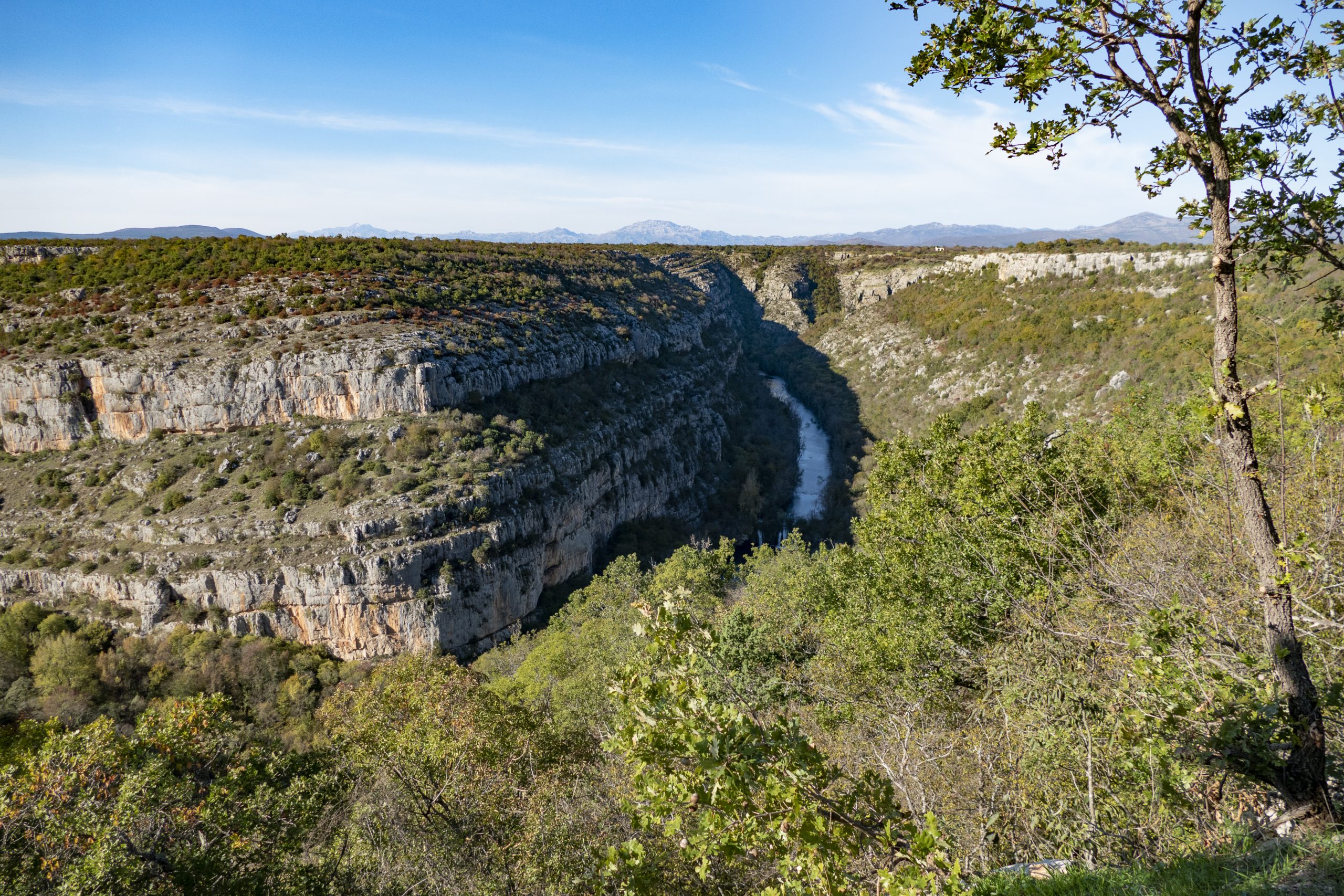

The Puljane Research Centre is a newly-restored house along the Krka River in the rural area of Puljane, just outside the world-renowned Krka National Park. The Puljane Centre is owned and managed by a Croatian company called BIOTA, which conducts biodiversity research and implements EU conservation projects throughout Croatia’s Promina region, including the Krka, Zrmanja, and Cetina rivers, Mt. Dinara and Promina, and villages in Promina and Kistanje municipalities. This Centre is being developed as a site for wildlife and nature tourism in partnership with Friends of Wallacea as a unique way to escape the crowds in one of Europe’s top tourist destinations.
The tours departing from Puljane help attract income to rural areas that normally fall outside the well-worn tourist track to the Krka waterfalls. These visits include hikes to unstudied alpine lakes, as well as opportunities to support scientists in monitoring areas surrounding the sparkling waters of waterfalls and deep karst caverns within the ecosystem that contains Krka National Park. All tourist income to BIOTA supports efforts to study and protect wildlife, implement conservation schemes such as reforestation with drones and aquaponic agriculture, and educate local communities about the wildlife living in Croatia, which includes bears, wolves, deer, and boars, as well as numerous species of endemic fish. BIOTA’s research efforts currently focus on fish, amphibians, reptiles, and bats, although tourism is helping fund data collection on bears and wolves through opportunities to track and photograph these animals with local guides.
While the Centre is not located within the park, we can access the Krka River (inside the park) from the property and many of the tour options visit areas of the park. Our research focuses on areas within the park as well as buffer zones near rural villages. Currently, tourists do not often stay in the areas surrounding the Krka River because there are limited activities and accommodations outside the National Park; BIOTA is working to show tourists more of the natural beauty of Šibenik-Knin County, beyond the Krka waterfalls.
The Puljane Centre serves as a focal point for conservation research and education within one of Croatia’s (and Europe’s) most culturally-important national parks. Croatia is an exemplar within the region, with over 35% of its territory under national protection. The karst environment surrounding Krka is still understudied, with endemic fish species discovered as recently as 2015, so there is an imminent need to develop sustainable funding schemes to support further research for both charismatic mammals and more cryptic species like bats, herpetofauna, and fish.
The partnership between Friends of Wallacea and BIOTA demonstrates how to spread tourism income into areas often excluded from the visitor circuit, using that income to support and expand BIOTA’s existing research in the area. Not only will these tours engage visitors with scientific and biodiversity research in Šibenik-Knin County, but they will also directly fund conservation and reforestation schemes organized by BIOTA and its related NGOs, the Croatian Institute for Biodiversity and the Croatian Biology Research Society.
This initiative was started at the end of 2019 and therefore we see enormous opportunity and room for growth in the model in Croatia, as well as other natural areas in Europe. In the short term, the most important investment to be made into this model is the development of a recruitment process that attracts conscious visitors to visit a spectacular area that happens to fall outside the busy hotspot destinations but has equal (or higher) conservation value. The more financially successful this model, the more likely it is to provide support for expanded protection surrounding the park. It will also distribute income more equitably to the communities who surround this area.
In the medium and long term, this model will grow to involve new tour options through partnerships with operators working in other areas of Croatia to help connect their income to conservation outcomes, while improving the value proposition for visitors. In the interest of protecting wildlife, we are willing to train and certify additional local operators in wildlife tourism to drive income into additional areas of high biodiversity.
The model of developing wildlife day tours outside of existing tourism hubs has proven to be particularly applicable in Europe, with potential to also expand into the United States, Canada, Australia, and Fiji, working with rural and indigenous communities in these countries. The idea is to work alongside existing hospitality operators (hotels, restaurants, tour operators etc) to shift a portion of tourism revenue into surrounding rural areas and by doing so, also extend the length of tourist visits by providing additional value and interest to the region’s tourism offering.
We also offer a turn-key training program to destination management agencies and local operators to jumpstart the development of tours focused on wildlife viewing and conservation. These tours include the shorter day tour model, as well as longer week-long and multi-week alternatives for more remote areas, and demonstrate how to build and market unique nature tourism offerings near existing tourist destinations.
© Linking Tourism & Conservation (LT&C) 2019
We are grateful that you support the work and mission of LT&C! We accept donations through Credit Card, PayPal or international bank transfer:

Donate through Credit Card
Please click the Donate button and then choose your PayPal account
Bank details:
Cultura Sparebank
Pb. 6800, St. Olavs plass
N-0130 Oslo
Name: Linking Tourism & Conservation,
Account no.: 1254 05 95168
IBAN: NO8712540595168
BIC/SWIFT: CULTNOK1
Routing BIC: DNBANOKK
Please mark payments with your name and/or email address
Sign up for an LT&C membership by filling in the details below.
Would you like your LT&C-Example/Initiative to be listed on our website? Please fill in the form below.